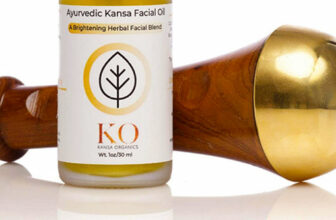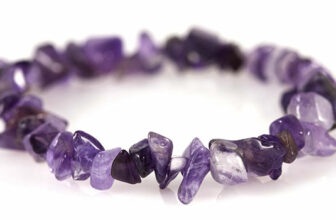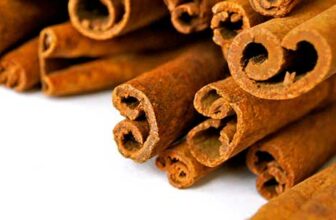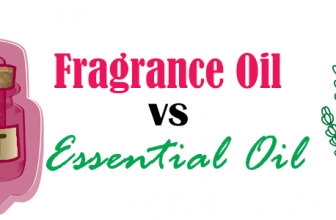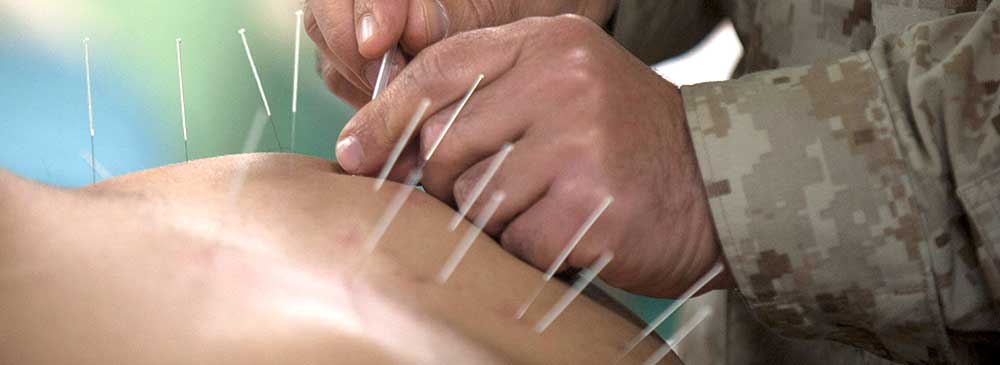
The concept of life force energy is found in many cultures. It is called spirit in English-speaking countries. The Chinese call it qi (pronounced chee). The Japanese call it in a similar way – ki, while the Indians call it prana.
The ancient Chinese in particular, have developed a method of healing that makes use of herbs, acupuncture, massage, exercise and diet. This method is what we now know as Traditional Chinese Medicine (TCM). TCM is largely based on qi, but it has also included Western medicine practices over the years.
Like the chakras of the Hindus, ancient Chinese medicine practitioners also believed in pathways for vital energy to flow through the body. They called these pathways meridians. In addition to vital energy, meridians are also thought to carry blood and body fluids all over the body.
Meridian System
Meridians are like vast interconnected railways in the body. They connect one organ to another and are collectively called the Meridian System. It is deemed that a hindrance to this network of pathways leads to problems in certain sections of the body where the pathways are connected.
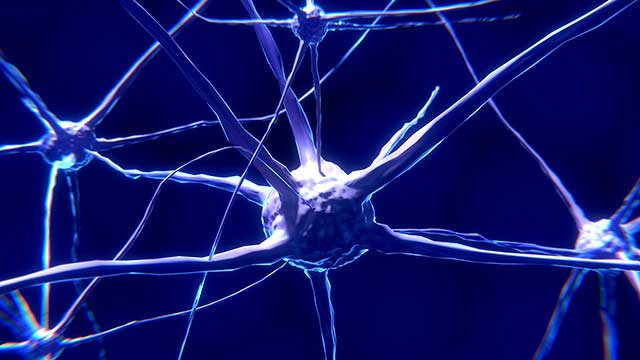
Yin-Yang
One of the foundations of meridians is the yin-yang philosophy. Many cultures consider yin and yang as a balanced coexistence. For instance, light cannot exist without darkness, just as a battery cannot operate without a positive and a negative charge.
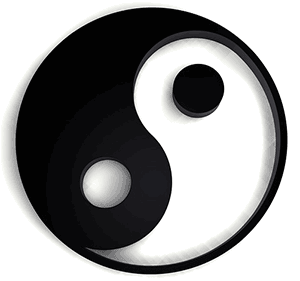
12 Major Meridians
The Meridian System is composed of 12 primary meridians and 8 extraordinary vessels. The twelve main ones also correspond to the organs of the body which are referred to as yin and yang organs. Yin organs are considered as interior organs while yang organs are geared towards external duties of the body.
The 12 meridians are further divided into:
- 3 arm yin meridians
- 3 arm yang meridians
- 3 leg yin meridians
- 3 leg yang meridians
| Meridian | Classification | Function | Coverage |
|---|---|---|---|
| Lung | Arm yin | Respiration, intake | Nose, skin, hair |
| Heart | Arm yin | Blood circulation, pulse | Throat, tongue, prostate, adrenals |
| Pericardium | Arm yin | Protects the heart, love, sex | Throat, tongue |
| Large Intestine | Arm yang | Processes wastes, controls perspiration | Nose, skin, hair |
| Small Intestine | Arm yang | Absorbs nutrients | Throat, tongue |
| Triple Burner | Arm yang | Controls metabolism and temperature | Throat, tongue |
| Spleen | Leg yin | Distributes nutrients | Lips, mouth, muscles |
| Kidney | Leg yin | Manages immunity, sexual potency, fertility | Head, ears, bones |
| Liver | Leg yin | Regulates blood and energy flow | Eyes, tendons |
| Stomach | Leg yang | Extracts and distributes energy | Lips, mouth, muscles |
| Bladder | Leg yang | Removes liquid wastes | Nervous system |
| Gall Bladder | Leg yang | Processes bile | Eyes, tendons |
8 Extraordinary Meridians
Unlike the main meridians, the extraordinary meridians have no direct links to the organs. Instead, they are seen as storage vessels or reservoirs that the 12 principal meridians can use to rejuvenate or dump their excesses. They are usually used in pairs.
On another note, the Chinese consider the number 8 as the luckiest number due to its perfectly symmetrical shape. It symbolizes prosperity and wealth.
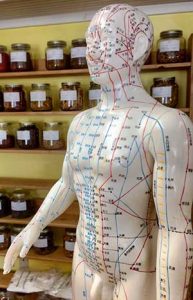
Most of the extraordinary meridians are accessed through master points that are found in the primary meridians. They are number-coded in such a way that they can be easily spotted in the acupuncture point chart. Here’s a table of the meridians and their corresponding codes.
| Translated Name | Chinese Name | Master Point | Pairing |
|---|---|---|---|
| Governing Vessel | Du | Small Intestine 3 | Yang Heel Vessel |
| Conception Vessel | Ren | Lung 7 | Yin Heel Vessel |
| Thrusting/Penetrating Vessel | Chong | Spleen 4 | Yin Linking Vessel |
| Belt/Girdling Vessel | Dai | Gallbladder 41 | Yang Linking Vessel |
| Yin Linking Vessel | Yin Wei | Pericardium 6 | Thrusting/Penetrating Vessel |
| Yang Linking Vessel | Yang Wei | Triple Burner 5 | Belt/Girdling Vessel |
| Yin Heel Vessel | Yin Qiao | Kidney 6 | Conception Vessel |
| Yang Heel Vessel | Yang Qiao | Bladder 62 | Governing Vessel |
Modalities Using The Meridian System
Mastery of these meridians allow a practitioner to identify which parts of the body to treat.
Acupuncture
Acupuncture is an ancient Chinese medicine practice that makes use of needles to treat several conditions, such as headache, back, neck and muscle pain. It was instrumental in the development of the Meridian System as it was used to test which organs correspond to a particular pathway of qi.
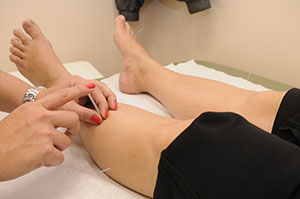
Acupuncturists believe that the flow of energy through the meridians can be activated by piercing a specific acupoint in the body with a needle. An imbalance in the pathways or meridians can then be corrected. There are hundreds of acupuncture points which a practitioner needs to have a strong understanding of.
Acupressure
Acupressure is a therapy that uses physical pressure on acupoints to treat a number of conditions of the body, especially those issues that deal with stress. The hands, elbow or other tools may be used to apply pressure. In other words, it is similar to acupuncture in that it uses the Meridian System and acupoints, but it makes use of pressure instead of needles.
There are also self massage tools for acupressure. Learn about acupressure balls and acupressure rings by going to their respective article pages.
Medical Qigong
Medical Qigong is a practice that utilizes the ancient Chinese exercise regime called, qigong to treat chronic conditions. Qigong is like Yoga, where movement and breathing are given significance. Medical qigong also uses meridians as a basis for their body movements.



